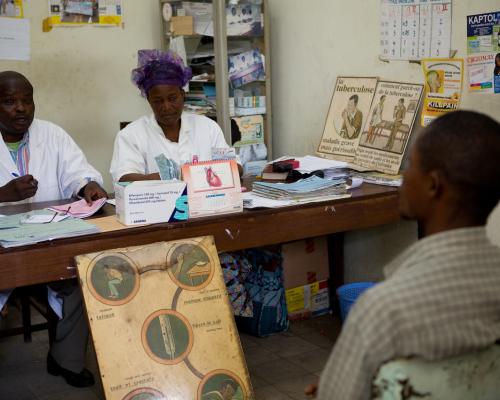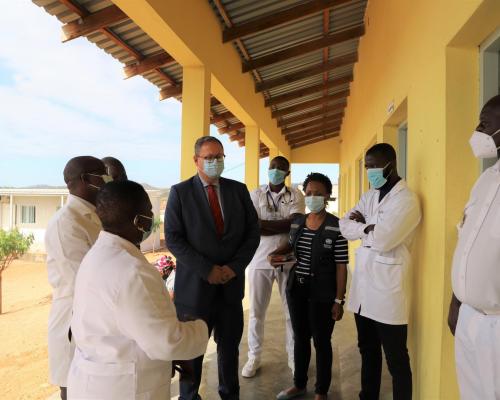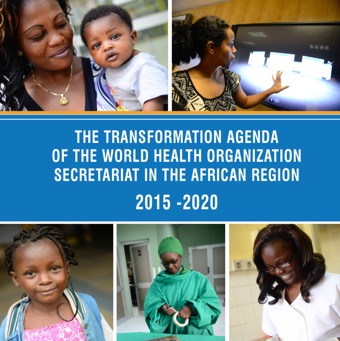The Burden of Environmental Linked Illness in the AFRO Region
The WHO estimates that 9 in 10 people worldwide breathe air that is not safe and approximately 12.6 million people died because they lived or worked in an unhealthy environment in 2012. In the AFRO region, air pollution remains one of the leading causes of child morbidity, traffic accidents claim millions of lives and occupational injuries and illness are a factor in contributing towards poverty and reduced life expectancy.
Vector borne diseases such as cholera, malaria and schistosomiasis are still among the major health problems in the region due to proliferation of vectors as a result of, among others, ill-planned development and climate change. Given the risk to human health and livelihood posed by environmentally linked illness, improving the environment – provision of safe water, safe sanitation, management of vectors of public health interest - remains one of the most key interventions in pursuit of improved health outcomes for the populations in the African Region.
About the programme
The Public Health and Environment (PHE) programme at AFRO provides guidance and technical support to Member States of the African Region to formulate, implement, monitor, and evaluate policies, strategies and action plans that are effective in addressing health and environment linkages in accordance with the 2008 Libreville Declaration. The PHE Programme aims to contribute to the effective implementation of established and evidence-based policy, legislative and regulatory frameworks that provide safe water and sanitation; reduce air pollution and prevent vector borne diseases, traffic accidents and occupational injuries and illnesses.
Conceived in 2014 in response to the growing threat of climate change on public health, the Clim-HEALTH Africa initiative aims to strengthen the management of the effects of climate variability and change in the African region. Clim-HEALTH Africa projects support the development and implementation of a communication strategy on climate change and health impacts as well as operational public health early warning and response systems tools for planning and decision-making that address climate-sensitive health impacts.
Related publications
- WHO: Public Health and Environment in the African Region: Report on the work of WHO, 2012-2013 (2014)
- WHO: Water sanitation and hygiene for accelerating and sustaining progress on neglected tropical diseases: A global strategy 2015-2020 (2015)
Related videos
- “Climate Change and its Potential Effects in Africa” by the WHO Regional Office for Africa
- “Preventing Disease Through Healthy Environments” by the WHO
Other selected resources
- Fact Sheet on Drinking Water (2016)
- Fact Sheet on Sanitation (2016)


